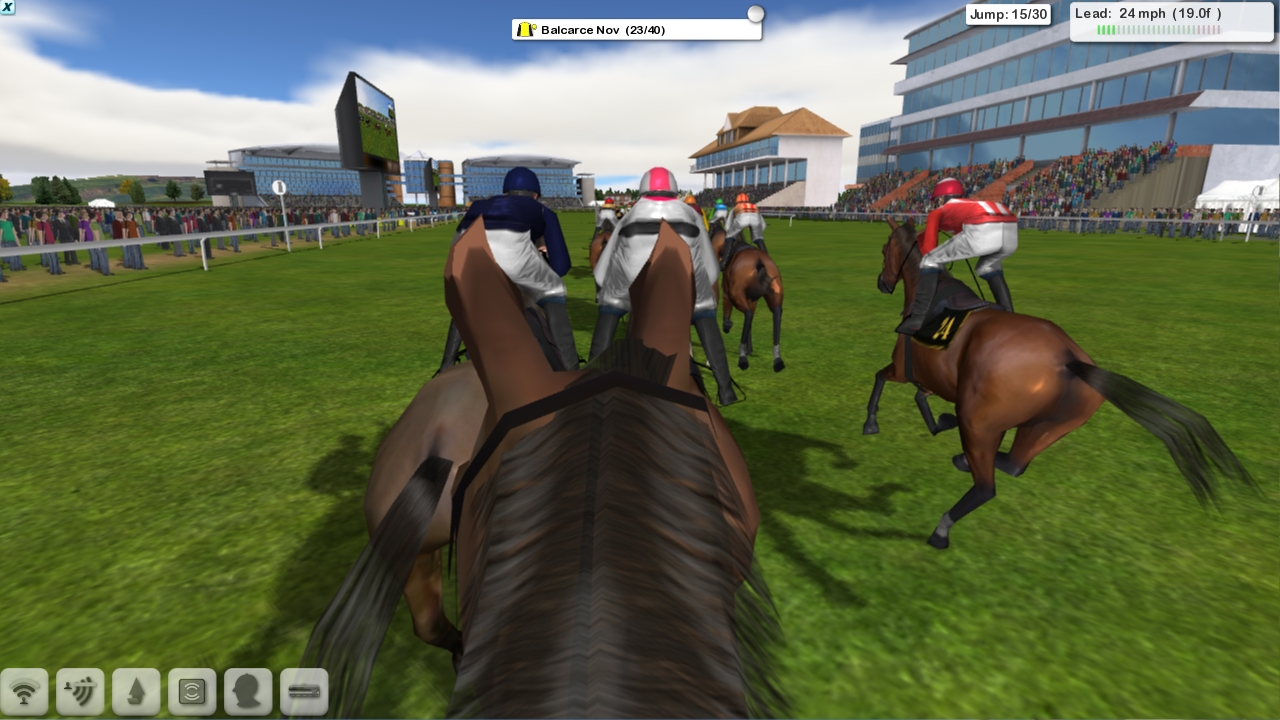

The last runner only has to receive the baton. The second and third runners have to receive and pass the baton. Who Can Pass A Baton Who Can Receive A Baton?Īn athlete who is running the first leg of a relay only has to pass the baton. They must have the ability to run all the way to the line. They have to be that person who, if they feel someone coming up on their shoulder, grits their teeth and goes. The last runner needs character and determination and must never slow or give up.


If the opportunity arises, the last runner needs to be mentally capable of chasing and catching a competitor, or holding on if someone is catching them. The last runner doesn’t have to be team’s fastest but they need to be a gutsy runner. Unfortunately, all things are rarely equal and the answer is often not as simple as this. Theoretically, all things being equal, it makes sense that the best runners spend the most time with the baton. This is because the second and third runners potentially get to carry the baton over the furthest distance, depending on where within the changeover zones they receive and pass the baton. the the back straight and the second bend).
#Starters orders 6 prefered tactics meaning manuals
Should The Fastest Run The Furthest?Ī number of coaches and coach education manuals advocate that the fastest runners in the team run the second or third legs of the relay (i.e. Therefore, if this is the case, your first runner needs to be able to crouch or block start while holding a baton. This may narrow down your choices for the first runner even further. Some venue regulations or competition rules insist that athletes use a crouch start or starting blocks. They also need to be a steady and reliable starter who is not likely to false start. The first runner needs to be able to get off the mark and get up to speed quickly. The first runner in a relay needs to be able to start well, which may narrow down the options for this role. While not being a major determining factor, this information may provide some initial assistance to the coach. It’s also worth finding out in what positions they really don’t like running. Therefore, as a starting point, it is worth asking the team members about what positions they have run in the past and in what position they enjoy running. It is good for a runner to be comfortable with, and like the position in which they are running. It will be up to the team coach to ultimately decide which factors take priority over the others to determine the final order of the runners. The following article will provide you with eight factors that can come into the equation, whether you are working with novice relay runners, or those competing at state and national level. When it comes to kids’ relay teams we often see that the fastest runner gets to run last, and the rest of the team order is built around this.īut should the fastest runner always run last? After a number of other factors are taken into account, the answer is often no.ĭespite it being a commonly held view, it is a misconception that the fastest runner should automatically be selected to run last with the baton. What needs to be taken into account when determining the order in which 4 x 100m relay team members should run? However, this also limits your potential upside to the width between the strikes.Should the Fastest Runner Always Be Last in the 4 x 100m relay? Spreads are less costly that a long call or long put since you are also receiving the options premium from the one you sold. These can be constructed as either bull or bear spreads, which will profit when the market rises or falls, respectively.

Married put strategy: Similar to a protective put, the married put involves buying an at-the-money (ATM) put option in an amount to cover an existing long position in the stock.


 0 kommentar(er)
0 kommentar(er)
